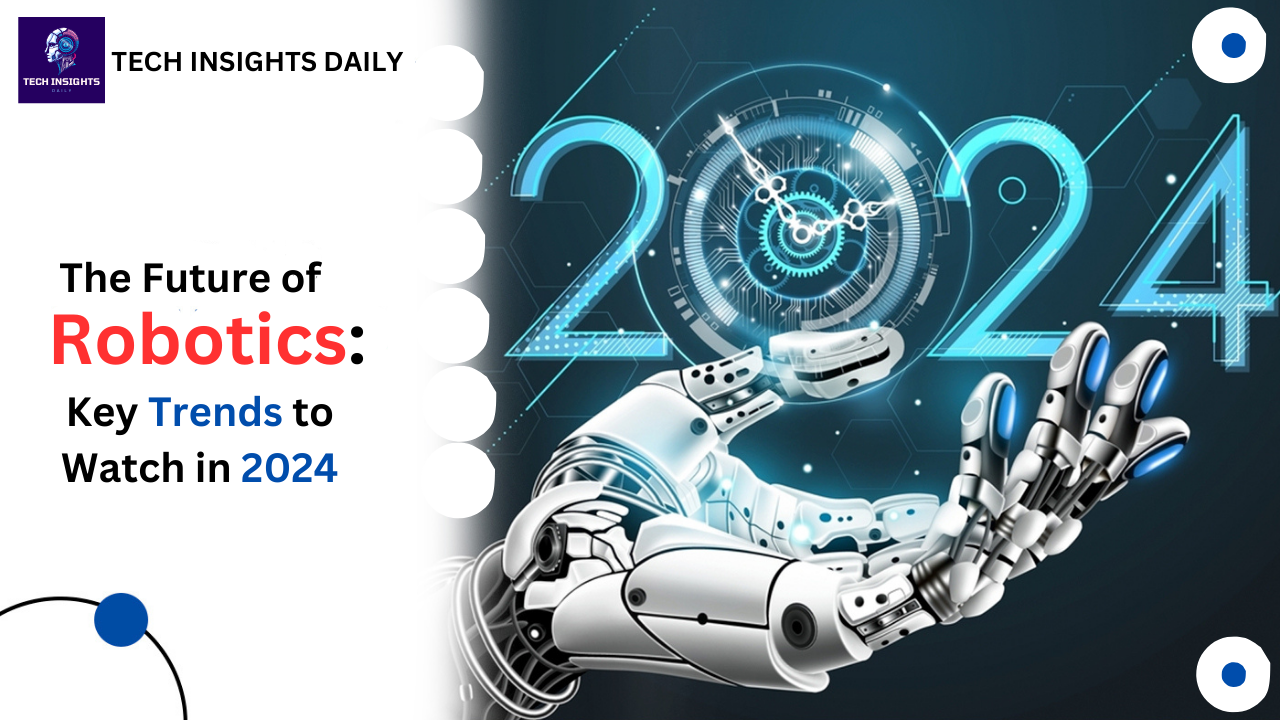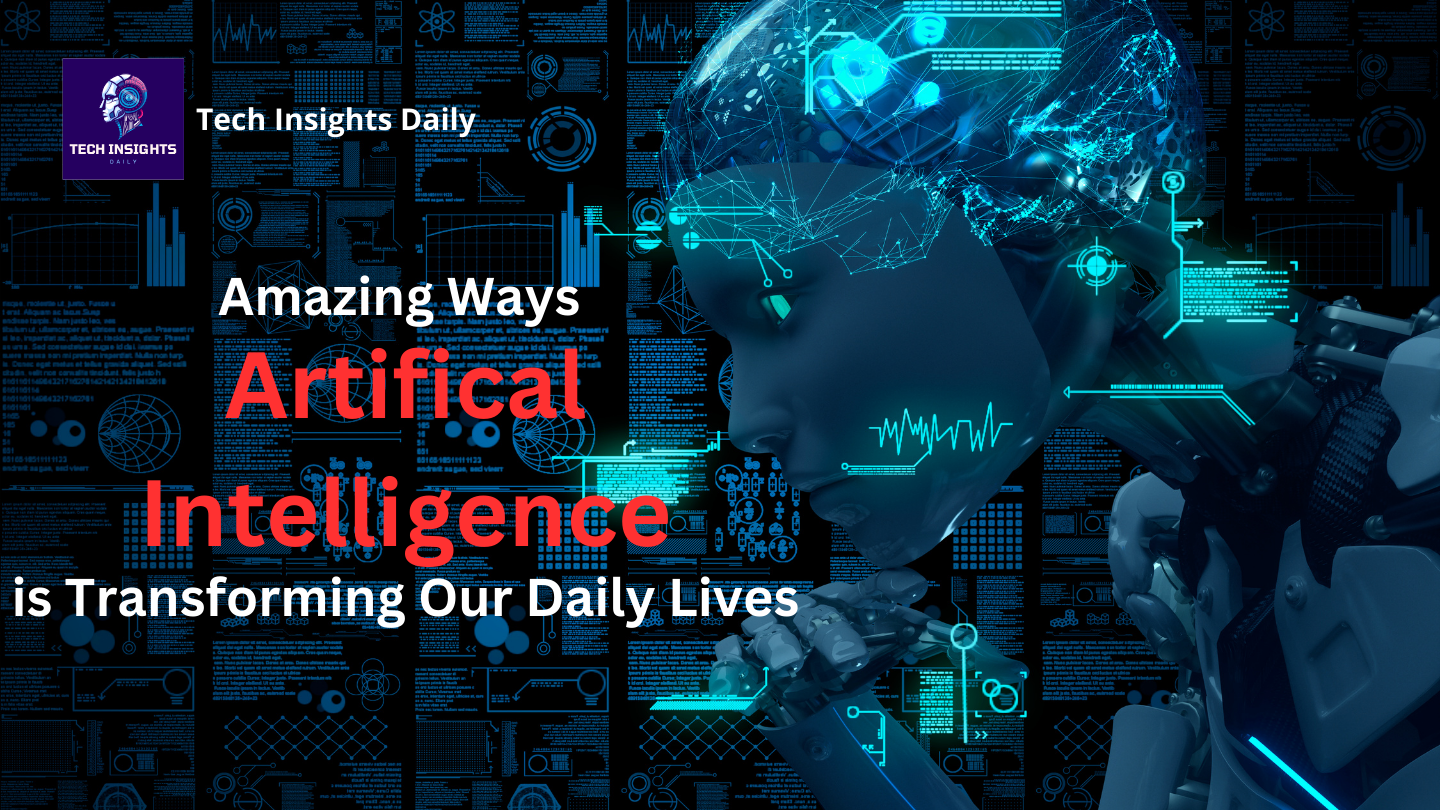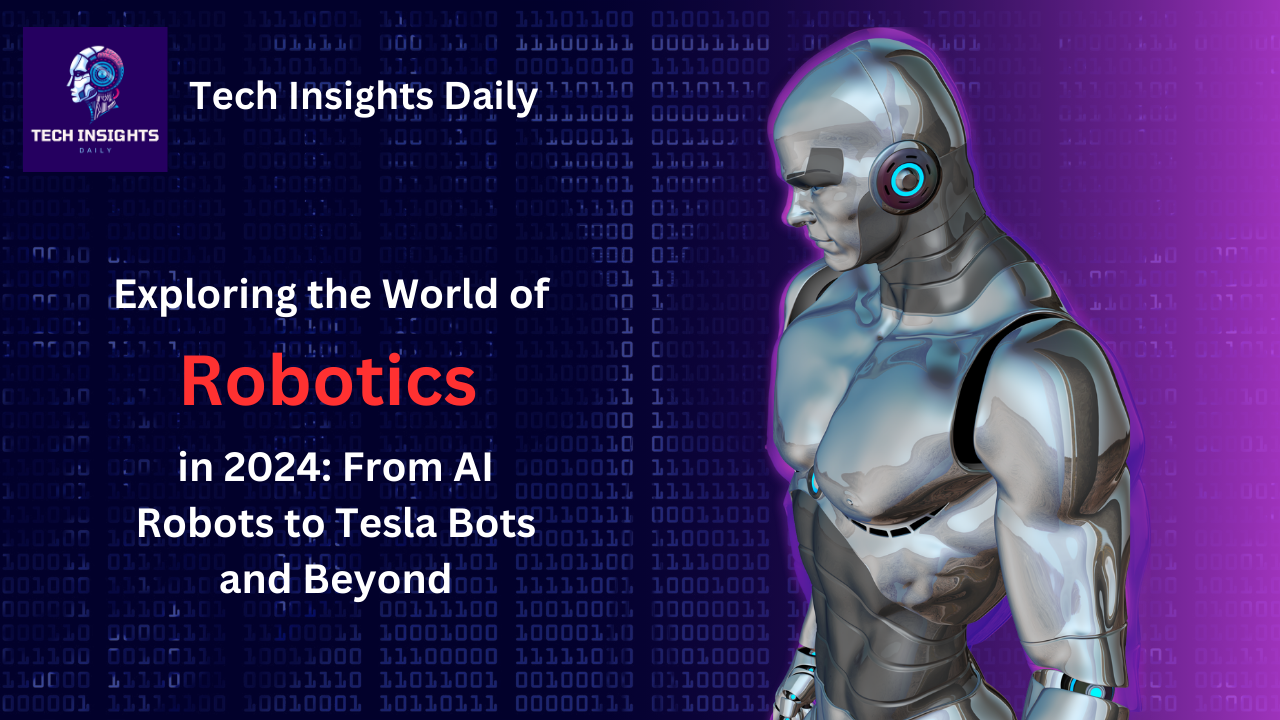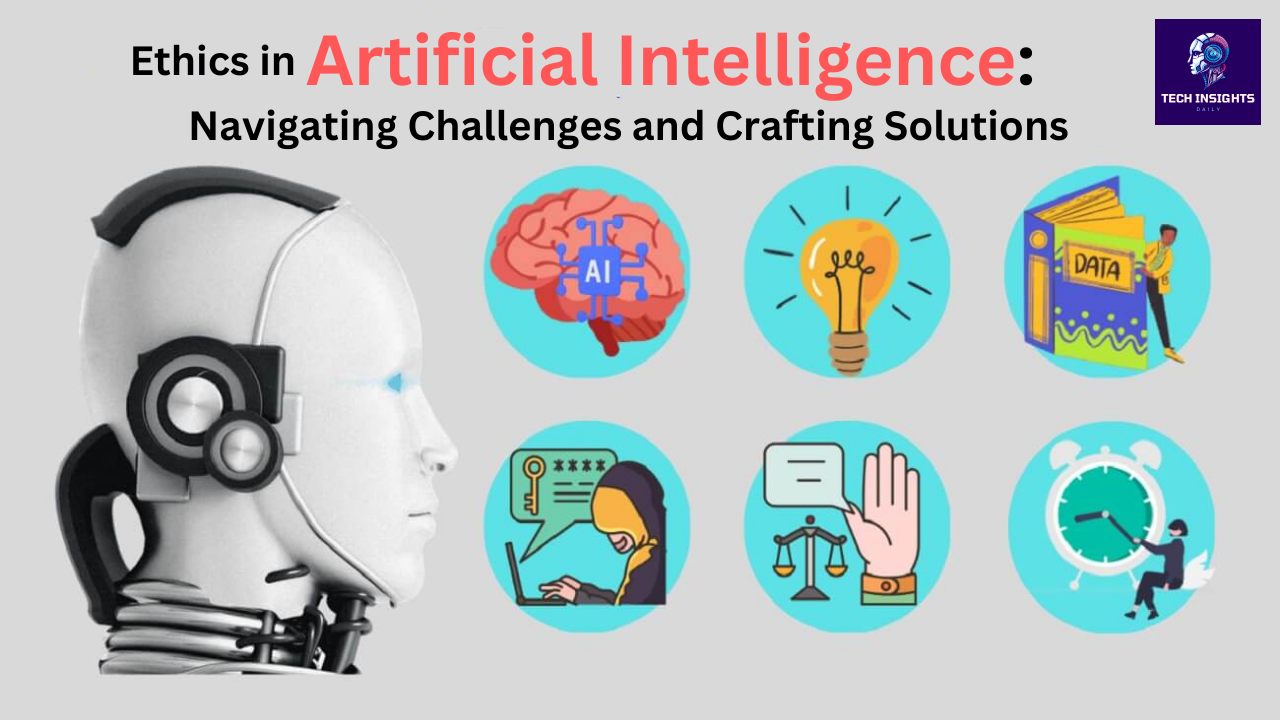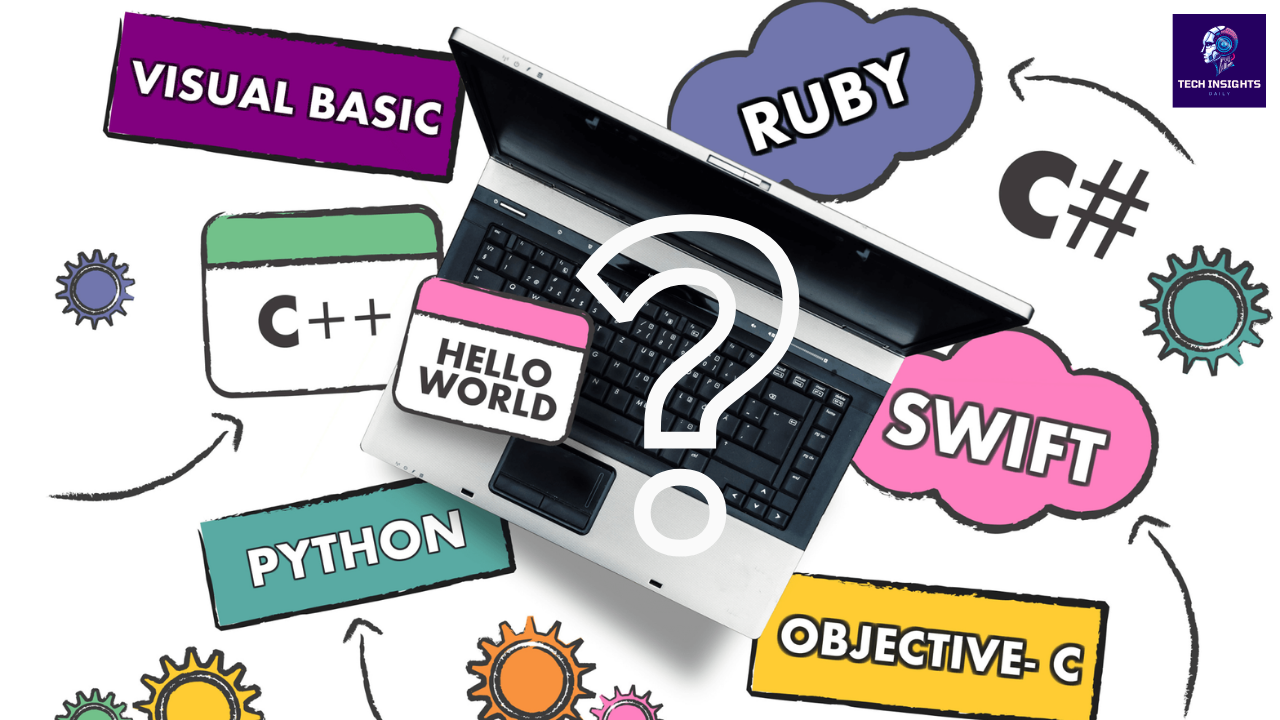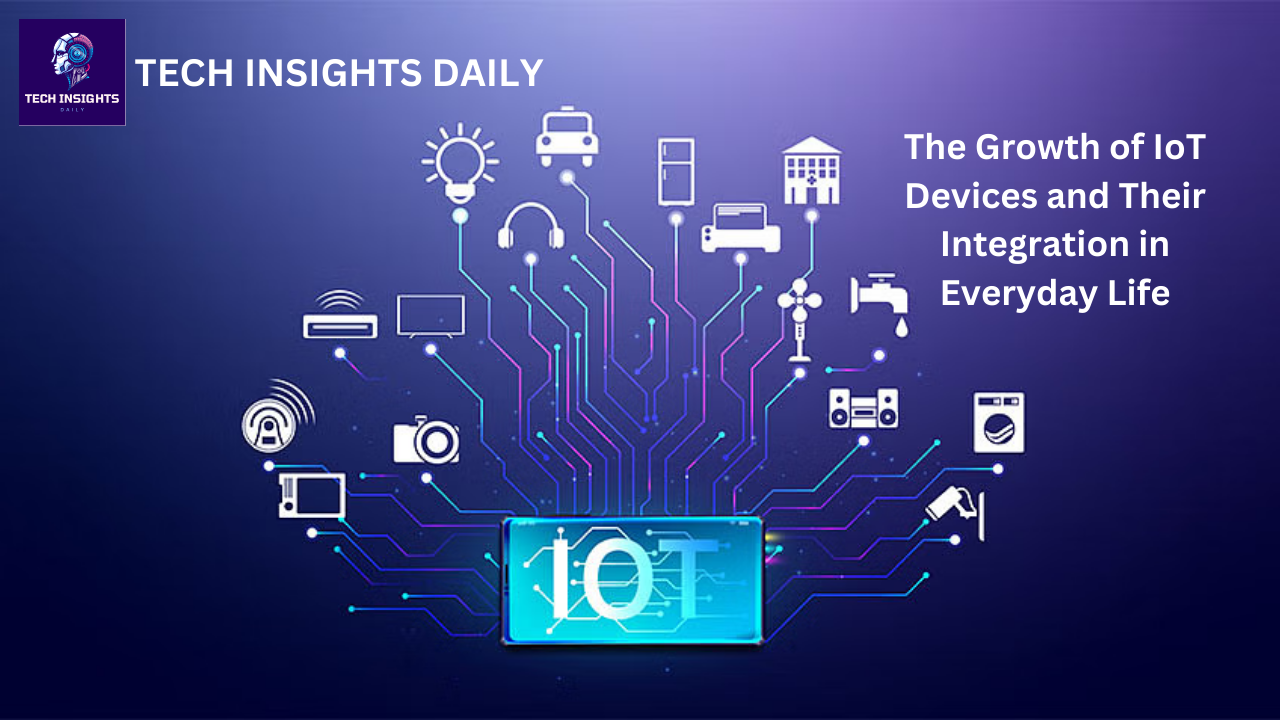Robotics as a field is growing exponentially due to trends in AI, ML and automation technologies. As the year 2024 approaches, the following trends will continue to influence the future of robotics in fields ranging from manufacturing to healthcare. This article explores the most important robotics trends for 2024 with an emphasis on four key areas namely AI Robotics, Autonomous Robots, Robotics in Manufacturing.
AI powered robotics
Artificial intelligence is playing a decisive role in changing the landscape of robotic systems, providing increased levels of independence and flexibility. AI robotic systems leverage artificial intelligence and machine learning to develop robots that are intelligent and can learn from their surroundings and make decisions on their own in real time.
Creative AI in Robotics
A type of AI called generative AI is also an area that seems to be growing steadily in the field of robotics. This technology enables robots to invent new solutions based on learned data, improving their problem-solving. For example, generative AI can cause a robot designed to perform a specific task to be reprogrammed multiple times to become more versatile and perform more tasks than before.
Revival of the forecast
Another trend of importance is AI-based predictive maintenance. Thus, by analyzing the data from the sensors used by the robot and its logs, AIs can timely identify when the robot is likely to fail, so that it can be maintained as soon as possible and less Can be offline for less than By incorporating this approach, there is an added benefit of increasing the reliability of robotic systems while at the same time reducing maintenance costs.
Natural Language Processing (NLP)
This means that NLP is revolutionizing human-robot interaction, as robots can interpret language and be able to maintain a language interface with humans. This enhancement enables people with no programming background to develop and operate robots through natural language, thereby introducing robotics to wider markets.
Autonomous robots
Self-propelled machines work without any special control, i.e., they work automatically. These robots are being deployed in a range of industries as the need for innovation increases in areas such as manufacturing, supply chain, healthcare, and food production.
Self-navigating robots
Autonomous vehicles use advanced technology by adding sensors, cameras and other AI to enable robots to navigate. In logistics, such robots find application in the movement of products within a warehouse without human intervention, thus reducing the cost of employing manpower. As a concept, self-guiding robotic devices could be huge in healthcare by delivering food, medicine, and other essential items to patients.
Collaborative Robots (Cobots)
Cobots are defined as systems that have the ability to work alongside people, and increase efficiency and well-being. The type of worker robots implemented here are equipped with sensors and artificial intelligence so that they can check on people and adapt themselves to the process. Because of this, cobots are used in various manufacturing processes to reduce repetitive production work that would otherwise be done by humans.
Mobile manipulators
A mobile robot equipped with a robotic arm is an active extension of using the mobility of an autonomous robot with the capabilities of a robotic arm. These robots are deployed in manufacturing industries for example in automobile and aviation industries especially in assembly, welding, and transportation equipment. Mobile manipulators can work in the dynamic environment of factories and complete complex tasks as needed.
Robotics in Manufacturing
Robotic development, in any case, has a direct impact on the manufacturing industry in particular. The use of robots in manufacturing improves accuracy, speed levels and reduces the incidence of injury among manufacturing employees, hence improving productivity while reducing operational costs.
Robotic Process Automation (RPA)
RPA involves the deployment of robots that are programmed to operate autonomously to perform routine tasks that cannot be performed through complex and standardized processes. The following areas indicate that RPA can help manufacturing activities, such as: Processing these tasks either manually or through existing manufacturing systems means that there will always be fewer errors.
The continuous development of robotic technologies calls for the use of advanced robotics for quality inspection. Quality inspection is the most important function in the manufacturing industry as it determines the quality of the products entering the market. State-of-the-art robots integrated with artificial intelligence and machine vision can detect product defects with greater accuracy and in less time. These robots are able to detect defects and other minor problems that may not be easily noticed by human inspection teams, thus producing quality products.
Flexible manufacturing systems
A flexible manufacturing system (FMS) is a manufacturing system that uses robotics to change the manufacturing system from one requirement to another. FMS robots are easily adaptable to other uses, meaning manufacturers can easily change their production from one line to another. This is useful in businesses that have fluctuating and custom requirements, as different orders can be completed at different times.
Future growth trends
Several trends are emerging in the future and hold a promise for further development of robotics technology. Such trends include the use of robotics with other technologies such as AR, VR, and IoT.
These applications include augmented reality and virtual reality in robotics. These technologies like AR and VR are being used to advance the training and servicing of robots. AR can assist technicians by presenting live performance instructions to enhance maintenance tasks. Whereas, VR can present a real-life environment to a robot for training, learning and adapting to changes in a specific environment.
IoT-enabled robotics
IoT when integrated with robotics offers the possibility to exchange data in real-time with connected devices. This interaction thus increases coordination and operational efficiency in the robot's functional flow. For example, industrial robots used in an IoT environment in the smart factory industry can coordinate with other robots to streamline and optimize production flows while reducing potential disruptive downtime.
Ethical and social considerations
As the use of robotics becomes more popular and the technology underlying the creation of these devices improves, the ethical and social implications are significant. Other aspects such as employment concerns, privacy concerns and proper use of artificial intelligence in robotics are concerns that need to be addressed. In order to responsibly incorporate robotics into society, there must be procedures and standards that policymakers, researchers, and industry stakeholders must develop and agree upon.
Result
As illustrated by various sections in the PowerPoint presentation 2024: The Robotics Outlook, the future of robotics is defined by four major growth areas. Artificial Intelligence and Robotics, Autonomous Robots, and Robotics in Manufacturing. These trends are causing various industries to change the way they conduct their activities to improve efficiency, productivity, and safety. With these trends of adoption of new technologies in our society, there is a need to realize the ethical and social implications for any sustainable and equitable society.
In this way, people and companies can become aware of how robotics can be used to enhance growth and innovation in businesses and companies. The future of robotics is very promising and the potential uses robotic technology in almost every sector.
